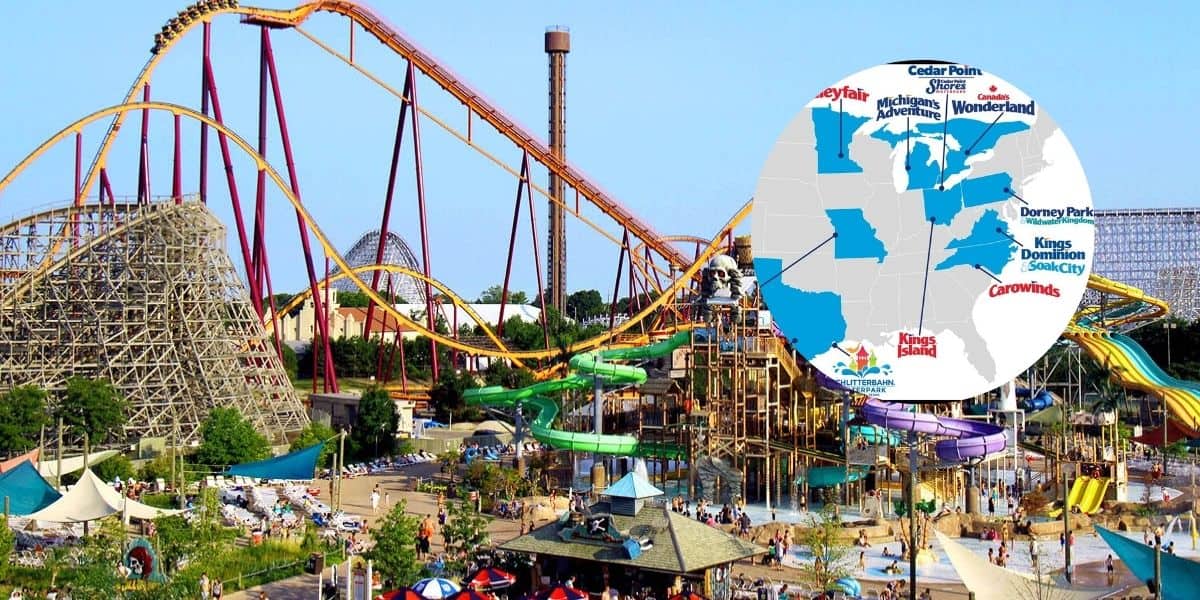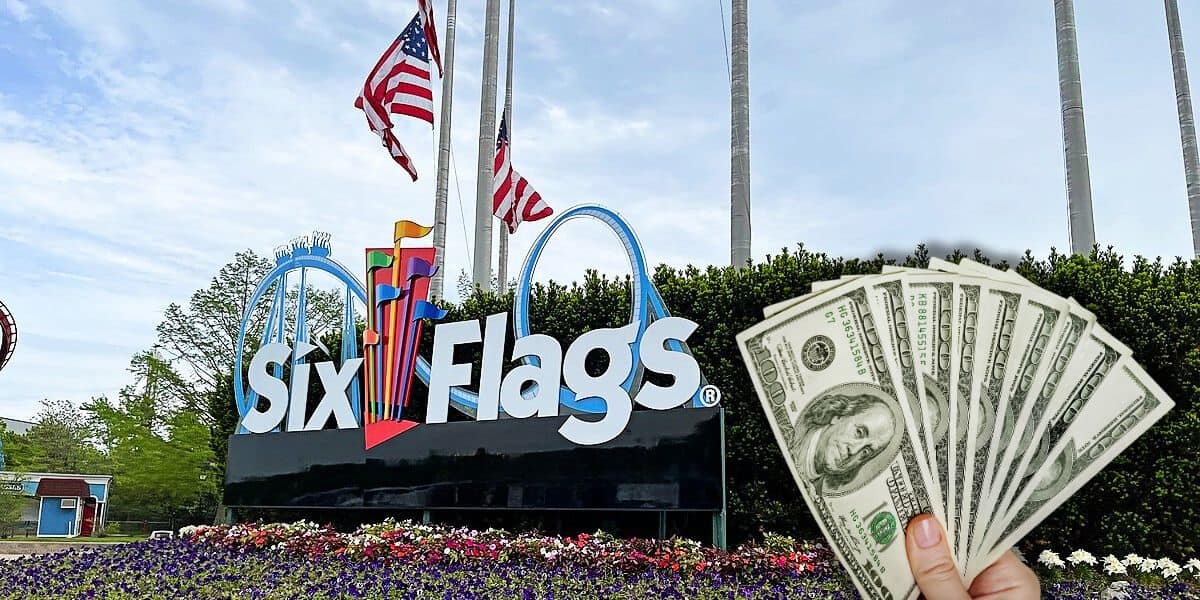In a bold move following its merger with Cedar Fair, Six Flags Entertainment Corporation is reassessing its entire portfolio of 42 parks.

Six Flags Entertainment Considers Selling Parks in Major Restructuring Effort
The company announced that it will conduct a “comprehensive review” of its assets, exploring the possibility of selling some of its properties as part of a new initiative known as Project Accelerate. This development signals a shift in strategy for the newly merged company, now known as Six Flags Entertainment Corporation, which aims to streamline operations and reduce its financial burdens. The move could reshape the landscape of North American theme parks in the years ahead.
A New Era for Six Flags Entertainment and Cedar Fair
In July 2024, Six Flags completed its merger with Cedar Fair, creating a unified theme park giant that now oversees a combination of 27 amusement parks and 15 water parks across the U.S., Canada, and Mexico. With iconic locations like Cedar Point in Ohio and Six Flags Magic Mountain in California under its belt, the new company boasts an impressive portfolio. However, with the company’s sights set on “portfolio optimization,” the days of managing such a vast collection of parks may be numbered.
During a quarterly earnings call on November 6, 2024, Six Flags revealed the five key objectives that will guide its future growth, with one of the most notable being the potential sale of underperforming or non-core assets. This could mean that some of the company’s lesser-known or less profitable parks may be on the chopping block.

What Does “Portfolio Optimization” Mean?
The phrase “portfolio optimization” is central to Six Flags’ new strategy. Essentially, it refers to the company’s plan to evaluate its current holdings and consider divesting parks that no longer align with its long-term goals. By selling these properties, Six Flags hopes to reduce its debt and focus on its most profitable or strategically important locations.
In simpler terms, Six Flags may sell some parks in an effort to strengthen its financial position, reduce leverage, and invest more in its remaining assets. It’s a strategic decision that, if executed correctly, could provide the company with the resources it needs to thrive in a competitive market.
Which Parks Could Be Sold?
While Six Flags has not named specific parks that are under review, industry observers are speculating that smaller, less profitable parks could be first in line for divestiture. Parks that are geographically isolated, have lower attendance, or require costly investments in infrastructure may be vulnerable.

For example, some of Six Flags’ lesser-known parks in smaller markets, such as Six Flags St. Louis or Six Flags Great Escape in New York, could face scrutiny. These parks often see less foot traffic compared to marquee destinations like Six Flags Magic Mountain or Cedar Point, which are known for their world-class roller coasters and large, dedicated fan bases.
Additionally, certain water parks that don’t have the same level of brand recognition or aren’t performing as well as other properties might also be on the chopping block. Six Flags operates water parks in various regions, but not all of them are integral to the brand’s overall success.
Impact on the Theme Park Industry
If Six Flags follows through with this strategy and sells off some of its parks, it could trigger a ripple effect across the theme park industry. Smaller regional parks could see new ownership or even consolidation into larger, more financially stable companies. For example, rival park operators like SeaWorld or independent investment groups could be interested in acquiring some of the properties, potentially reshaping the competitive dynamics within the industry.

The move could also signal a broader trend of consolidation in the theme park sector. In an era where large companies dominate, smaller parks may struggle to survive on their own, making them more attractive targets for larger operators looking to expand their footprint.
What’s Next for Six Flags Entertainment?
As Six Flags embarks on this restructuring, the company has also outlined its vision for future success through Project Accelerate. Key objectives include improving guest experience, expanding margins, and investing in technology to enhance operations. Notably, Six Flags is focused on creating parks that feel “comfortably crowded”—a term used to describe the ideal park environment that maximizes both guest satisfaction and revenue per visitor.
The company’s playbook also emphasizes the importance of high-quality food and beverage offerings, ensuring that guests have a memorable and enjoyable visit. With these goals in mind, Six Flags is poised to continue evolving in a way that could bring new innovations and experiences to its parks—at least those that remain in its portfolio.

The Road Ahead for Six Flags Entertainment
Six Flags’ efforts to optimize its portfolio, along with its merger with Cedar Fair, marks a pivotal moment for the company. The sale of parks may be a necessary step to reduce financial strain and focus on the future. For fans of theme parks, the next few years could bring changes to familiar locations, but also new opportunities for growth and innovation in the industry.
As Six Flags moves forward with Project Accelerate, it’s clear that the company is committed to ensuring its long-term success—whether that means selling some parks or focusing on its core assets. Either way, the theme park landscape is about to undergo a significant transformation, and all eyes will be on Six Flags to see which parks remain and which ones might be sold off.
The post Six Flags Merger to Result in Multiple Theme Parks Being Sold: Demolition Could Begin Across the Country appeared first on Inside the Magic.



